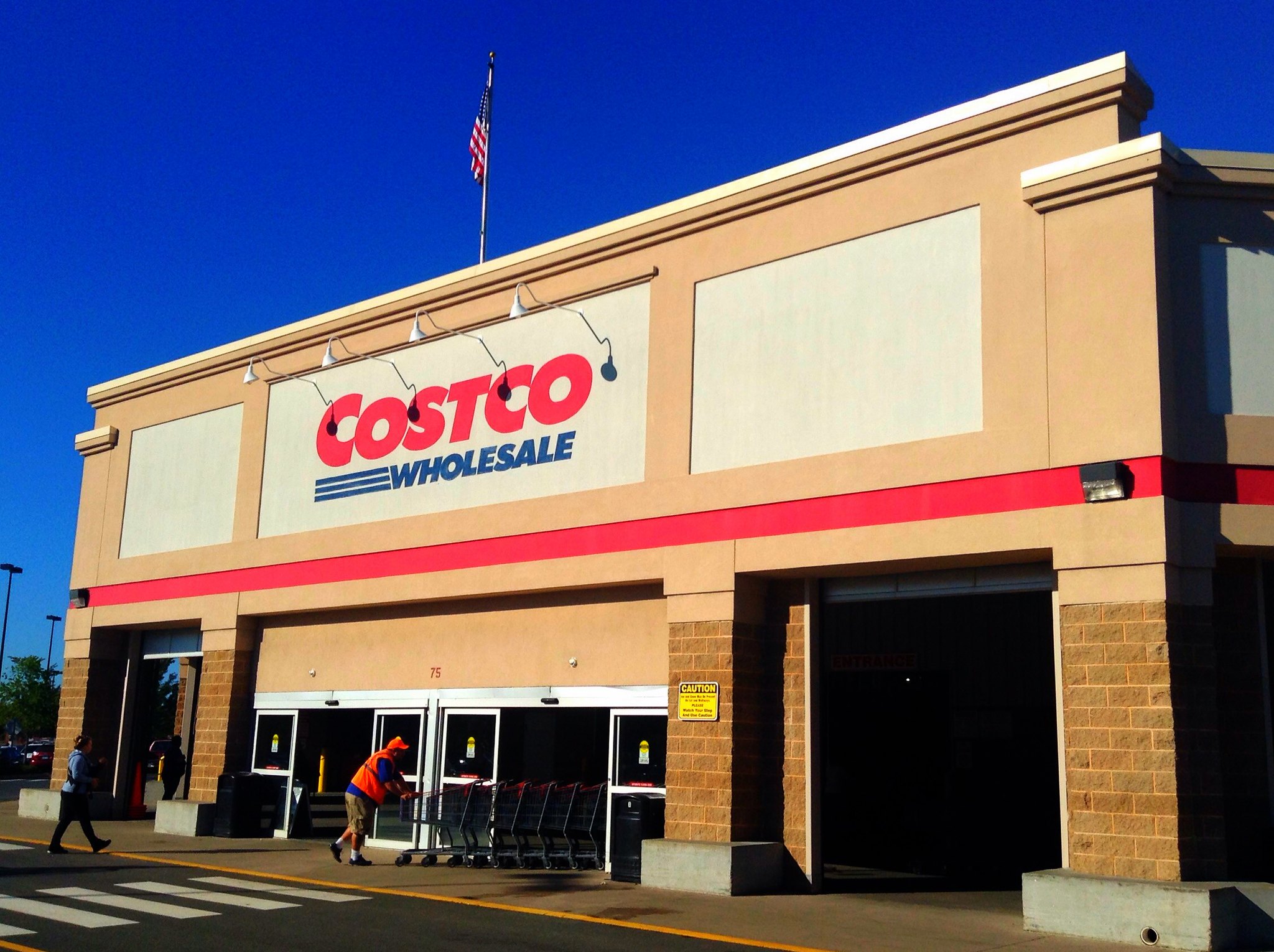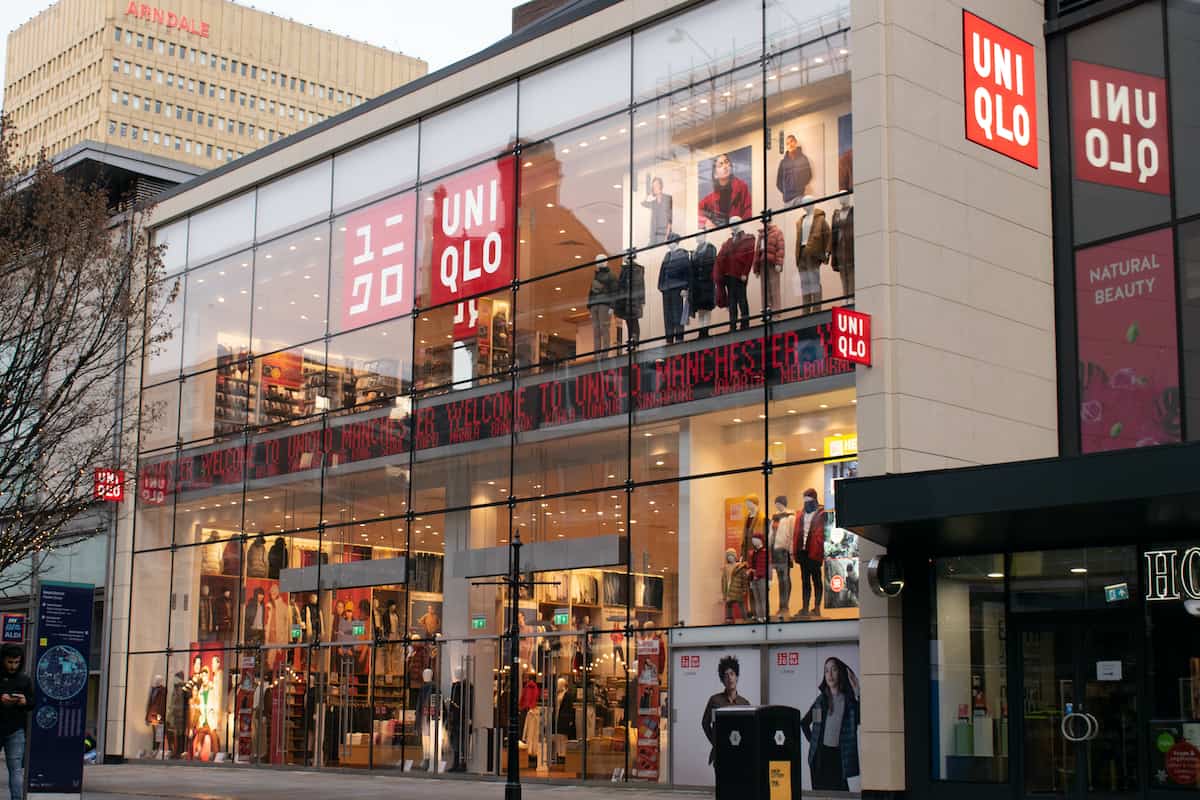At boardroom meetings around the world, there are certain key battles retailers must embark upon which are commonly mentioned, but rarely won. Alongside ‘a firmer focus on core competencies’ and ‘securing better stakeholder buy in’, one of the most common orders is that siloes must finally be removed from the organisation. It’s a great thing to aspire to, but can prove difficult to execute in practical terms on the front line, particularly in organisations with complex internal ecosystems, writes Kerry Lemos, CEO, Retail Pro International.

Kerry Lemos, Retail Pro
Breaking down siloes is a much more achievable ambition for retailers than businesses in other sectors, however, because a perfect storm has been created by the rise of omnichannel services in the sector; new services, partner companies and capabilities are routinely bolted on to existing operating models. In some respects these are siloes which have already been marked out as such, so retailers should find it easy to identify them and begin bringing the walls down. There are two main steps that retailers need to take to resolve the situation:
1 Know your enemy: Identify the siloes
Too often, retailers allow internal departments to operate entirely independently of one another. For instance, workers on the shop floor can often be completely disconnected from home delivery services, while in-store stock monitoring typically runs separately from online orders.
This needs to change, for two reasons. First is the impact on customer services; the more disjointed the shopping experience is between different channels, the more likely you are to see frustrated shoppers voting with their feet and taking their business elsewhere. Secondly, for the retailer themselves, there is the fact that it has to spend time and money running and supporting every individual silo. While it’s true that, if all you have is a hammer, every problem looks like a nail, the opposite is also accurate. If all your problems are nails, why would you buy multiple hammers that all do the same thing?
So what’s the first step? Whether you’re watching a horror movie or fighting a war, it’s almost always the case that the scariest enemies are those that you cannot see. Half the battle for retailers is getting everything out in the open, which can prove easier said than done if a legacy IT system is in place which has had layers retrospectively added to it over the years.
They need to conduct an internal review of processes, getting an overview of all activity that is taking place, and what form it takes. This perfectly logical first step is crucial because the insights gained will underpin the rest of the process, and will ensure retailers can be thorough in their removal of siloes.
2 Make your move: Bring down the walls
With the siloes identified, retailers can then make their move, taking action to break them down. Their aim must be clear: giving customers a single, seamless experience across all channels. People now expect this kind of true omnichannel experience, and retailers can give it to them if they can ensure all the dots are joined up, opening the lines of internal communication between all areas of the business. They must make sure that rather than being applied to one single part of the business, data and information is put to use across the entire organisation.
If, for example, there has been a supply chain issue meaning no red t-shirts have been delivered to a particular store; that information should be made available across the business. When a customer takes to Twitter to ask the brand what the issue is, that detail can then be shared with them and a solution proposed (other stores in the local area which do have the item in stock). After all, the knowledge already resides within the business, it just has to be made available and accessible across the whole company.
The information flow must be seamless, allowing a smooth customer journey through different parts of the business. For example, if a student wants to try on their graduation outfit in-store; order it online using their parents’ credit card; and then pick it up from a different store that’s located closer to their university campus, the retailer should be able to accommodate their needs without giving the customer a headache.
Winning the war
If their needs cannot be met quickly and easily, customers are likely to become frustrated, believing that they are not important to that retailer, and look to complete the purchase elsewhere. That could be the last time they ever attempt to shop with that retailer, so it’s a real do-or-die moment. That’s why it’s key to stop, take stock of exactly what you have in place and then take action. A single, seamless experience across all channels is the future; with customer expectations sky-high, those unable to keep up have no chance of winning the war.








